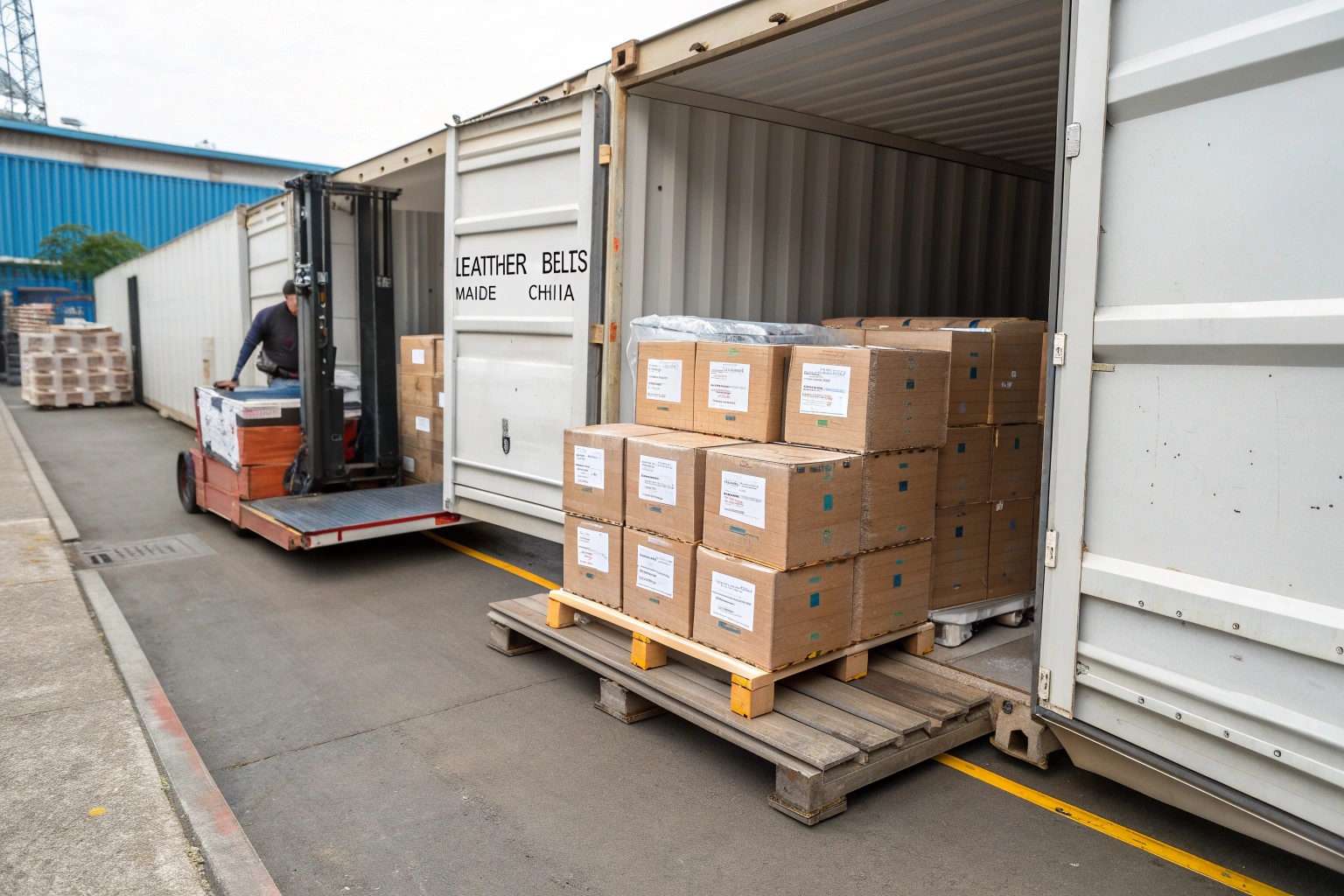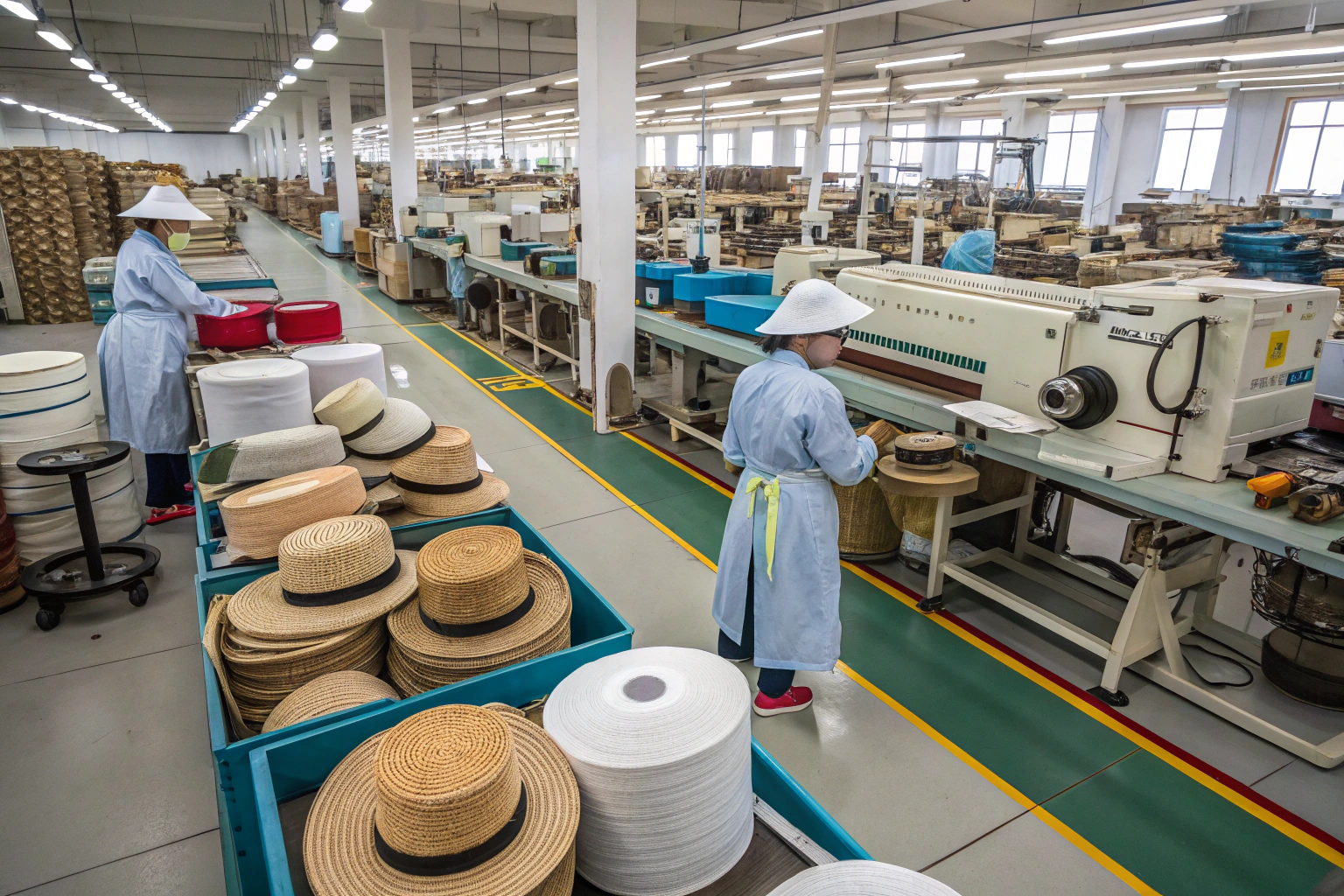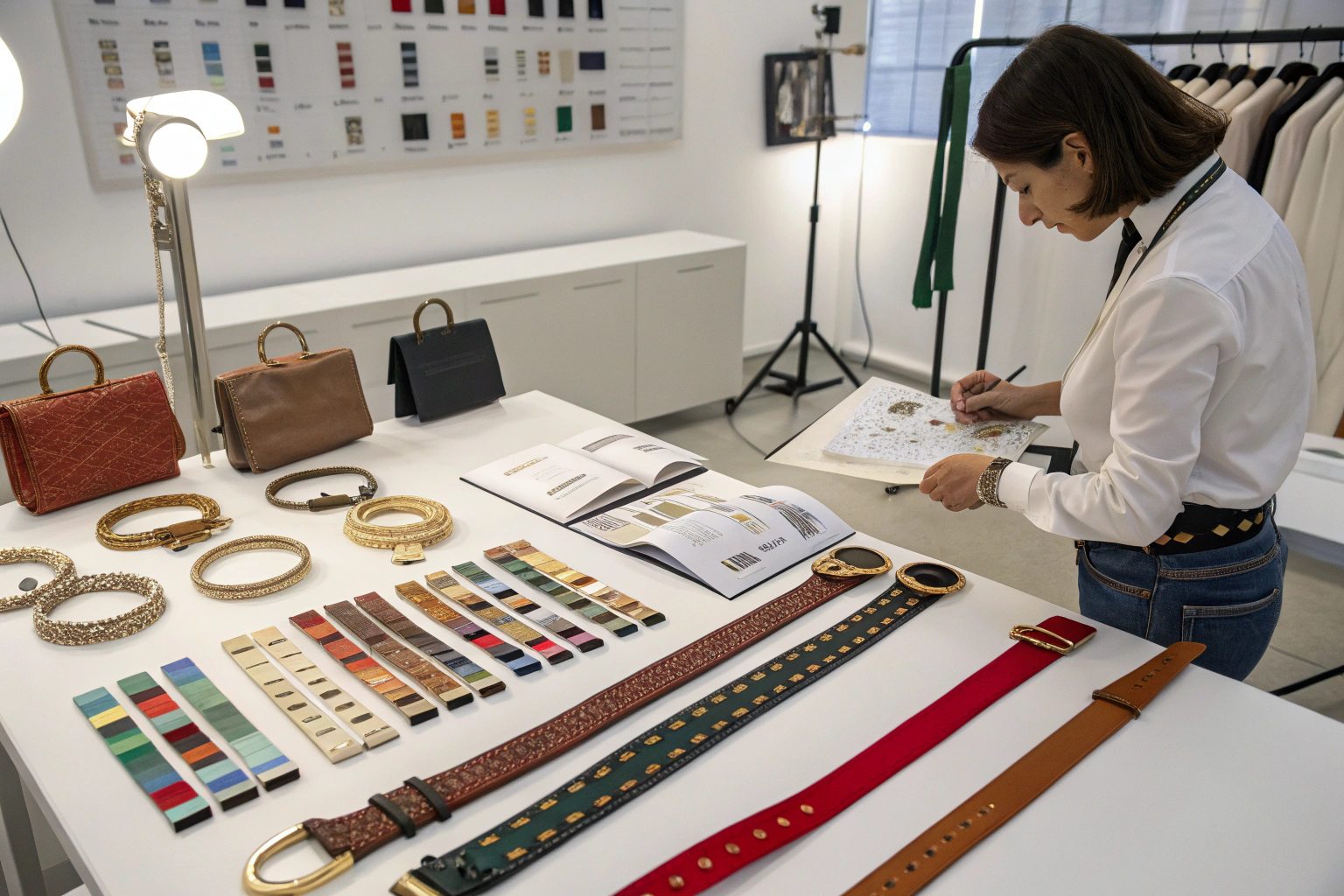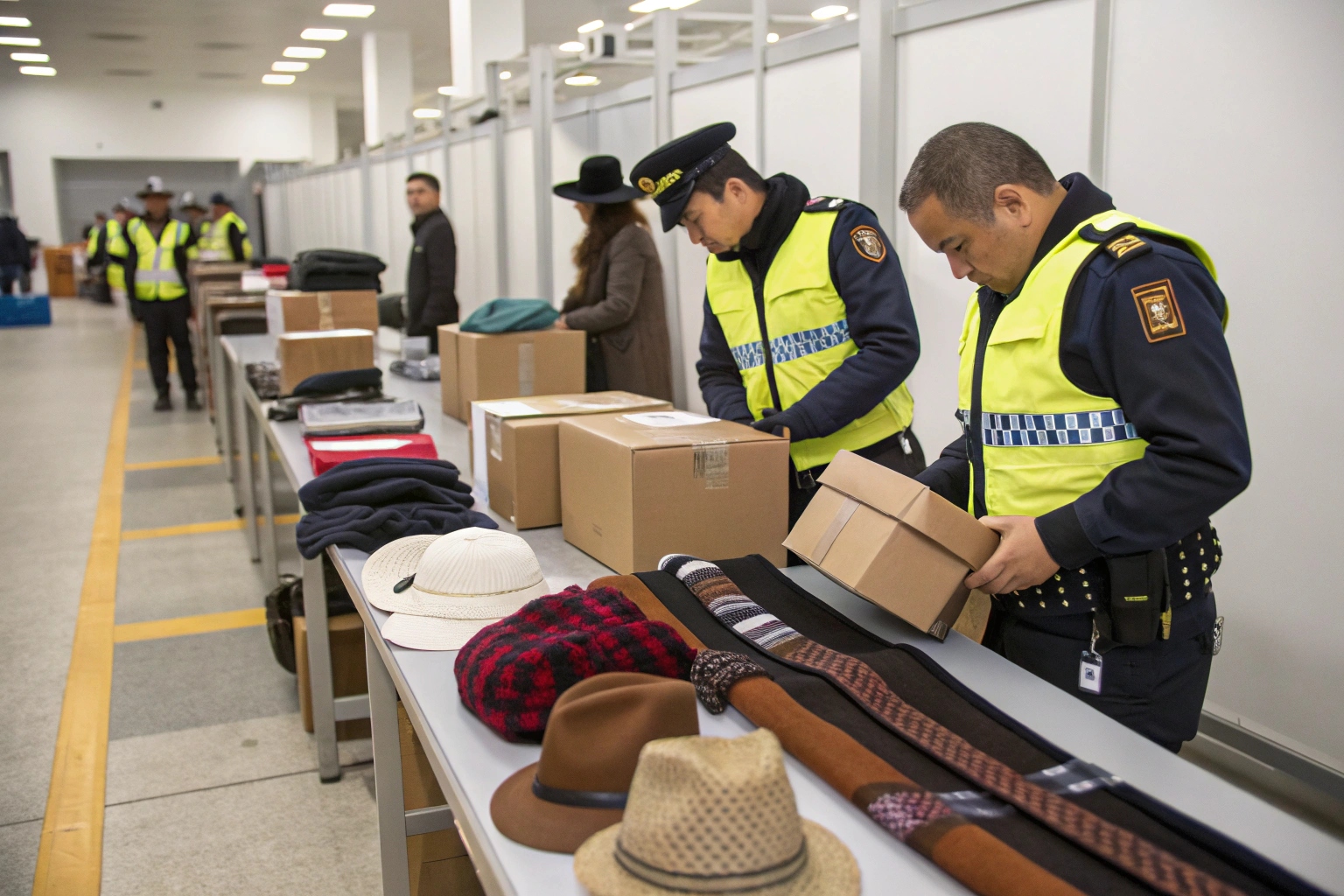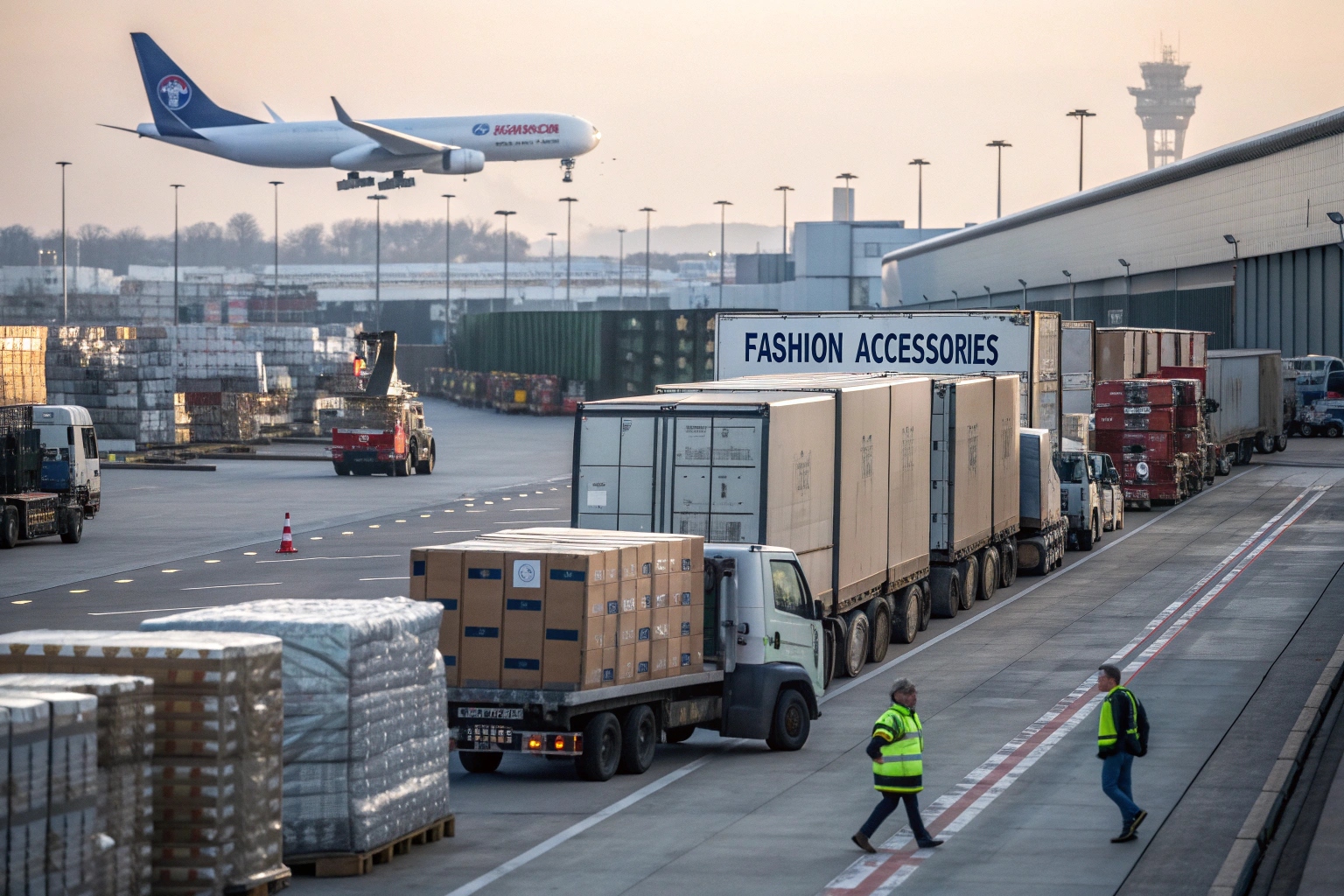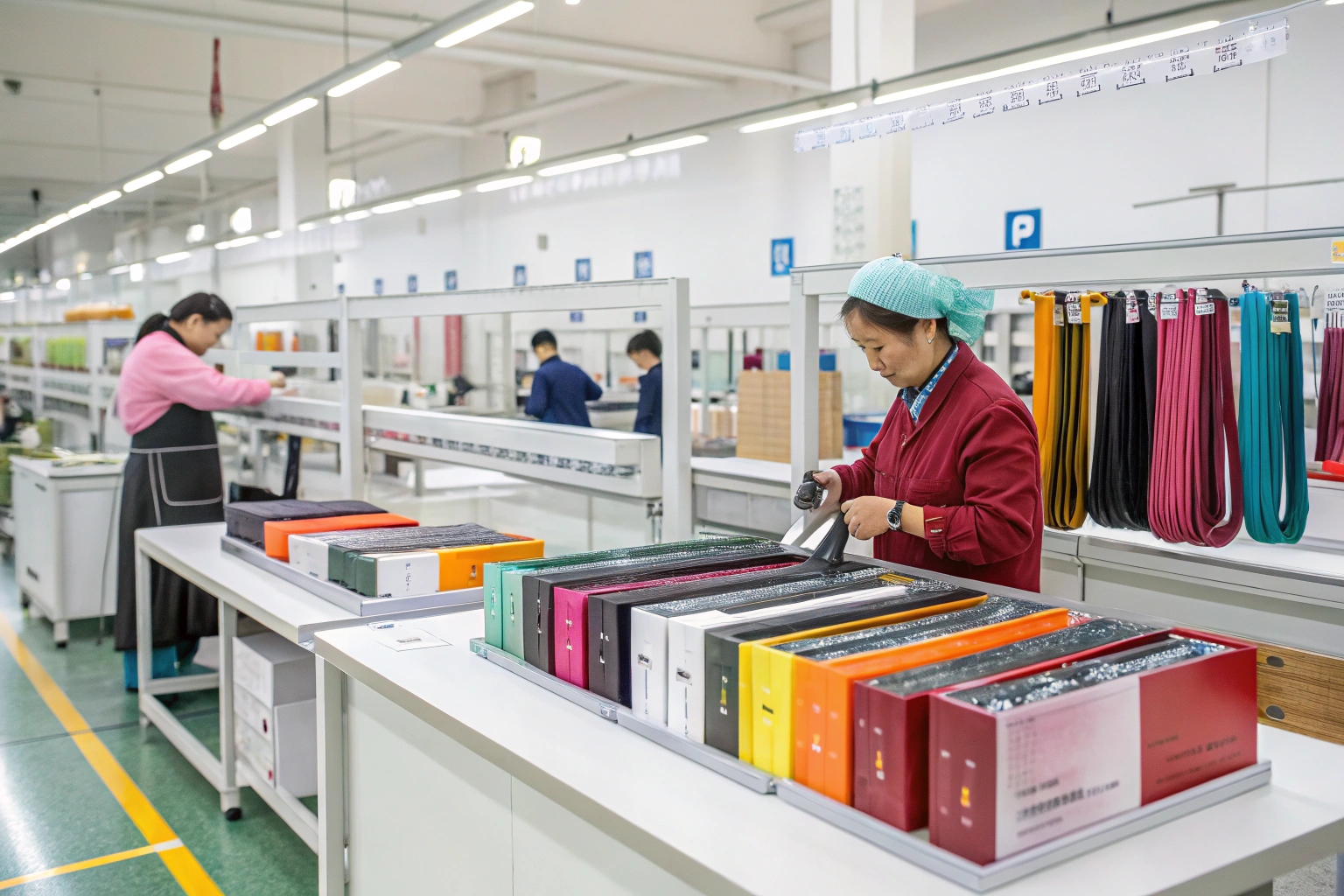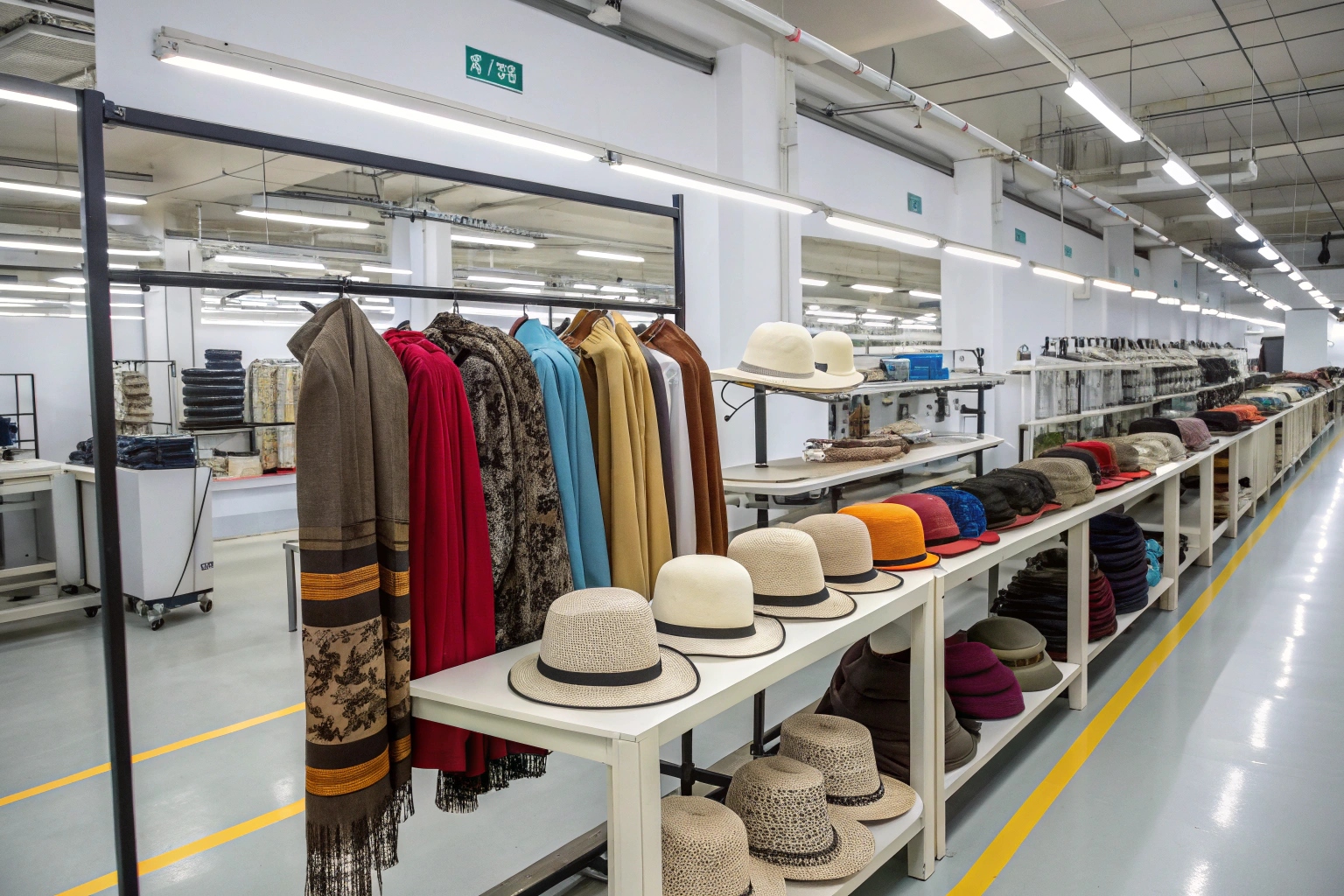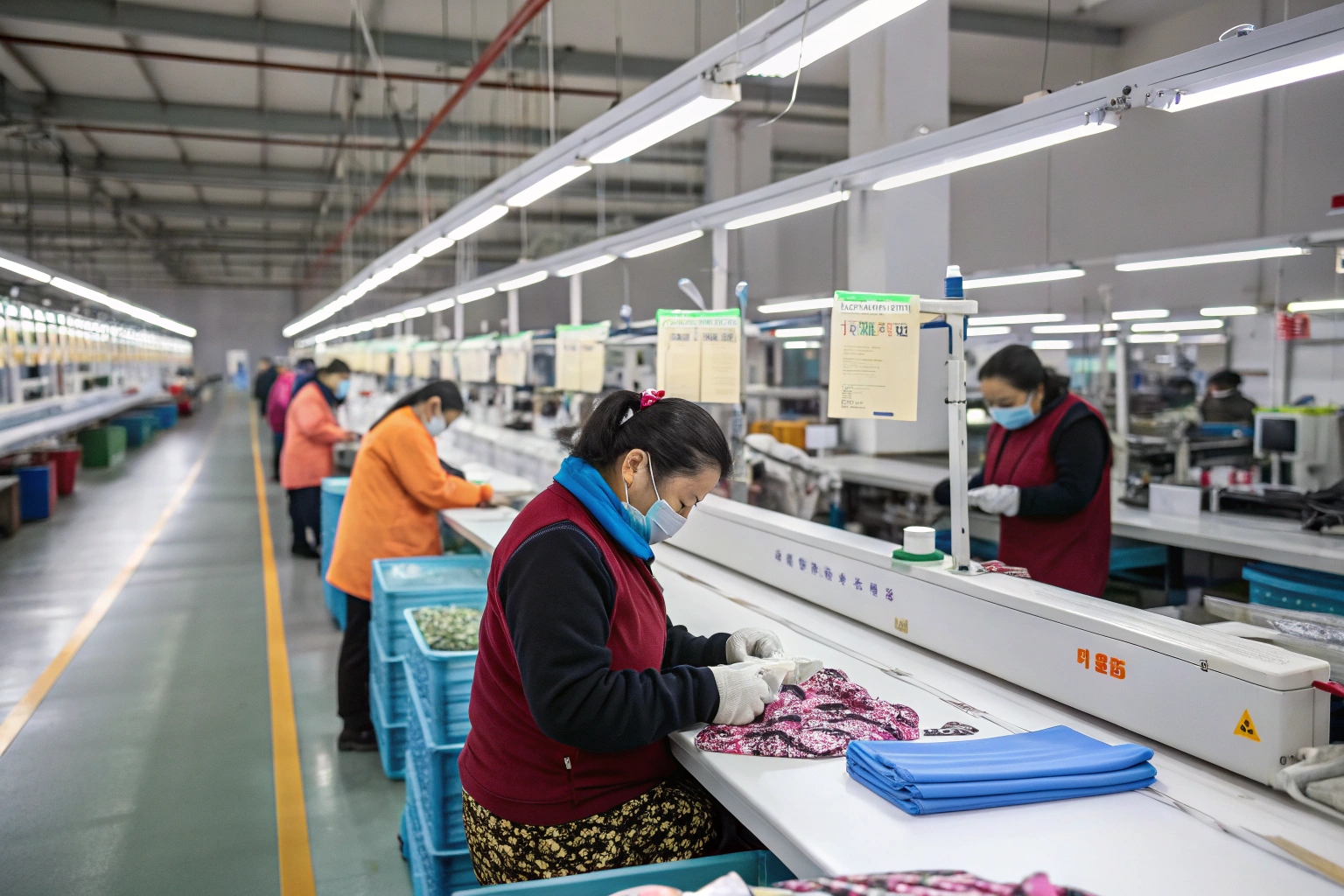Shipping belts from China in small volumes? Booking a full container might be overkill—and expensive.
LCL (Less than Container Load) shipping is the ideal solution for smaller belt orders, offering cost-efficiency, flexibility, and international coverage without full-container commitment.
As the founder of AceAccessory, I’ve helped many small and mid-sized buyers import belts using LCL to reduce costs and improve turnaround time. In this article, I’ll explain when LCL makes sense and how to do it right.
What are the advantages of LCL?
Many belt importers want lower costs—but few realize they’re paying too much by booking space they don’t need.
LCL shipping offers major benefits for small shipments: you only pay for the space you use, enjoy more frequent sailings, and get global delivery access without waiting for full loads.

Why is LCL perfect for belt orders under 5 CBM?
Belts are relatively compact but heavy. That makes them ideal for LCL. Here’s why our clients choose it:
- Lower cost – You share container space and cost with others.
- Flexible booking – Weekly sailings let you ship faster, not wait to fill a container.
- Smaller MOQ-friendly – Perfect if you’re ordering 2,000–8,000 belts at once.
- Easier inventory control – Avoid overstocking or warehousing fees in the U.S.
Here’s a real example:
| Shipment Type | Volume | Cost (Shanghai → LA) | Transit Time | Storage Required |
|---|---|---|---|---|
| LCL (3 CBM) | 3 CBM | ~$480–600 | 22–28 days | Minimal |
| FCL (20' container) | 28 CBM | ~$2,200–2,500 | 18–25 days | High |
LCL lets you test markets, launch seasonal collections, or restock trending styles without huge upfront commitments.
We pack belts tightly in cartons, protect buckles, and secure them with moisture-proof inner layers. Then we palletize for safe ocean transit. Most LCL clients reorder within 2 months of their first batch—because it’s fast and flexible.
What kind of belt buyers benefit most from LCL?
- E-commerce brands launching niche collections
- Retail buyers testing new styles or private label runs
- Promo product importers sourcing seasonal belt gifts
- Wholesale distributors with 1–3 pallet shipments
LCL works best if you care about cost-to-scale ratio. We’ve seen U.S. clients reduce shipping overhead by 30%+ with smart LCL strategies.
What is the best shipping method from China?
There’s no one-size-fits-all. The “best” method depends on size, urgency, and budget.
For belt orders under 8–10 CBM, LCL ocean freight is the best balance of affordability and reliability. For faster or lighter shipments, air or courier may work better.
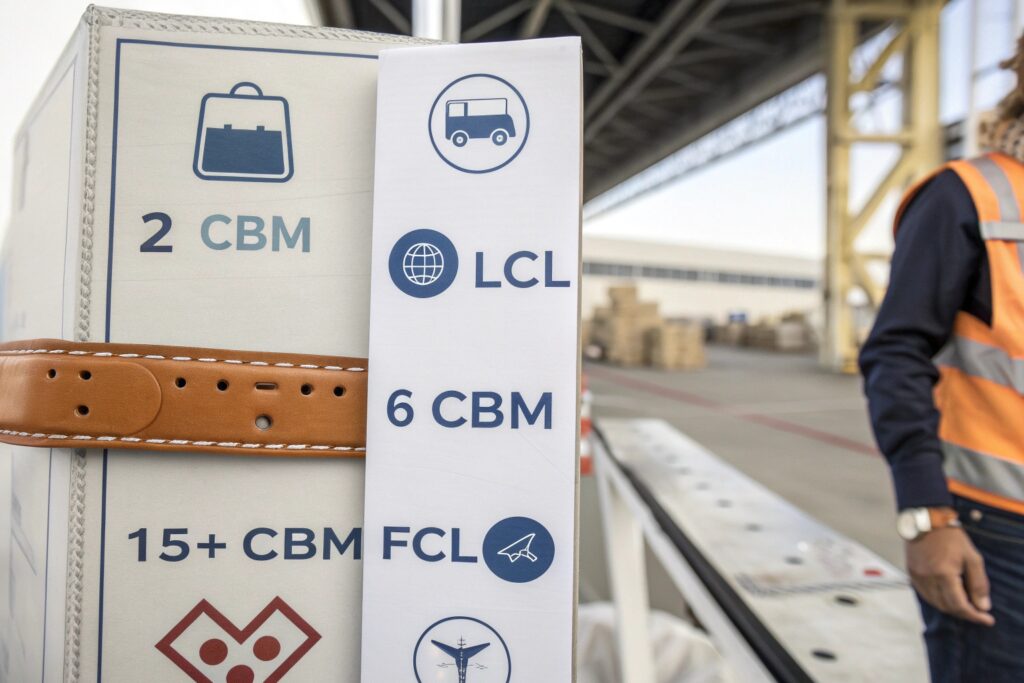
How do we help buyers choose between LCL, FCL, air, and express?
At AceAccessory, we offer a simple decision guide:
| Method | Best For | Cost (per kg) | Transit Time |
|---|---|---|---|
| LCL Ocean | 2–10 CBM belt shipments | Low ($0.6–1.2) | 22–30 days |
| FCL Ocean | 20–28 CBM bulk orders | Very low | 18–25 days |
| Air Freight | 300–1000 kg urgent belt delivery | Medium ($3–6) | 5–10 days |
| Express (DHL/UPS) | Samples, small urgent DTC shipments | High ($6–12) | 3–7 days |
We always ask:
- How many cartons of belts are you ordering?
- What’s the retail deadline?
- What’s your U.S. delivery location?
- Do you need DDP (Delivered Duty Paid) service?
Once we know that, we handle booking, export paperwork, customs, and inland delivery—end-to-end. Most belt clients prefer LCL for launch orders, and switch to FCL as volume grows.
How does LCL compare to air shipping for belts?
While belts are dense and durable, they’re also heavy. Air freight charges by both weight and volume. A 500kg belt shipment might cost 3x more by air than by LCL—without huge time savings.
Unless you need them urgently, LCL is better for margin protection.
What are the disadvantages of LCL shipping?
LCL is smart for cost—but it’s not perfect. There are some trade-offs you need to understand.
The disadvantages of LCL shipping include potential delays in consolidation, higher per-unit handling costs, and greater risk of damage if poorly packed.
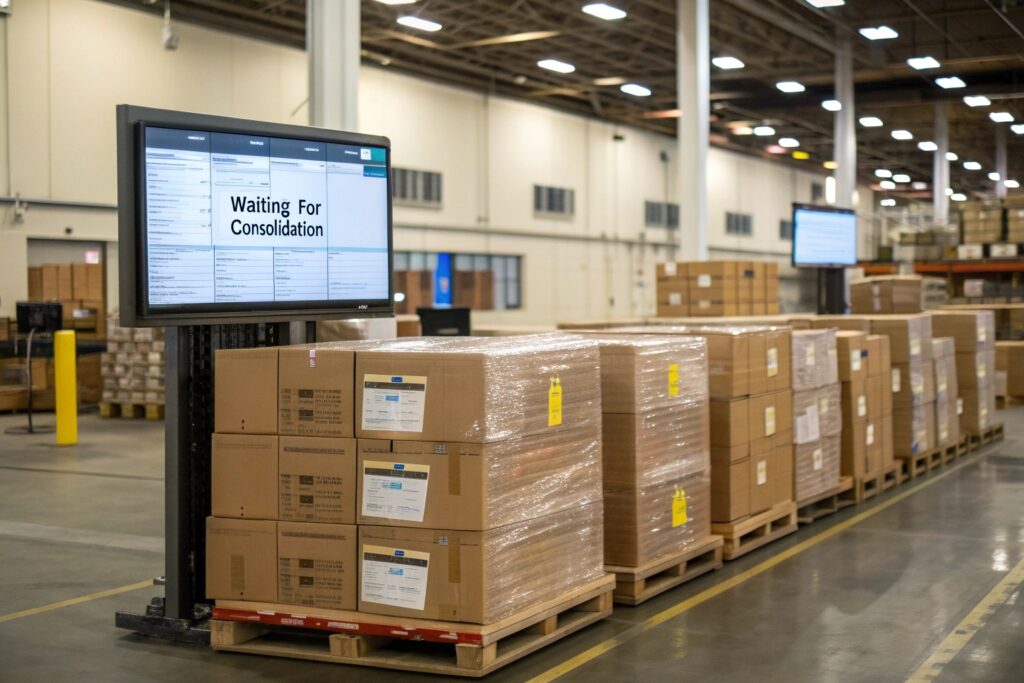
What risks come with LCL shipping, and how do we avoid them?
The biggest LCL risks are:
- Delays at origin or transshipment ports
- Container sharing with risky cargo
- Customs mismatch with co-loaders
- Crushing or water damage due to poor palletization
Here’s how we counter those:
| Risk | AceAccessory Solution |
|---|---|
| Slow groupage | We use reliable weekly consolidators |
| Mixed container risk | Separate cartons with shrink-wrap + corner guards |
| Customs holds | Provide accurate HS codes + invoice matching |
| Physical damage | Double-wall cartons + reinforced belts |
In one case, a U.S. buyer booked LCL through a random forwarder. Their belts got loaded with recycled auto parts, and cartons were crushed. Since switching to us, they’ve had zero issues over 10 shipments.
Can LCL ever cost more than FCL?
Yes, if your shipment exceeds 12–13 CBM, you’re nearing FCL rates. At that point, the per-cubic-meter savings vanish.
We run cost breakpoints for every client. When it’s cheaper to upgrade to FCL, we tell you. And we help fill remaining space with other stock like hats, scarves, or gloves.
Why is LCL cheaper than FCL?
The biggest benefit of LCL is simple: you only pay for what you use.
LCL is cheaper than FCL for small shipments because it splits container costs across multiple shippers, reducing your burden while maintaining access to global logistics.
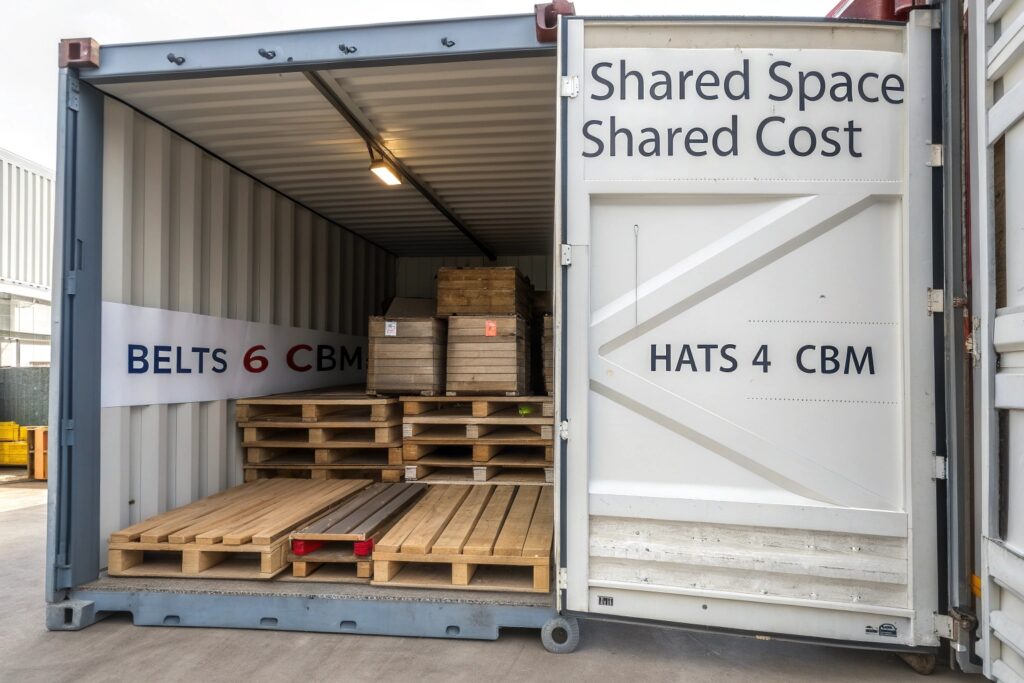
How does container cost-sharing make LCL efficient for importers?
Here’s a cost comparison:
| Item | LCL (3 CBM) | FCL (20ft container) |
|---|---|---|
| Base Shipping Fee | $500 | $2,200 |
| Customs Clearance | $120 | $120 |
| Destination Handling | $90 | $200 |
| Total Cost | ~$710 | ~$2,520 |
| Cost per CBM | ~$237 | ~$90 (if full) |
As you can see, FCL is only cheaper if you fill the whole box. If not, you pay for space you didn’t use.
With LCL, you're part of a shared container. You still clear customs, but pay a much smaller base. That’s why 70% of our belt shipments under 10 CBM go by LCL.
We also offer volume bundling: if you order belts + caps or scarves together, we consolidate the volume for one LCL booking—cutting your cost per product.
Are there any hidden LCL costs importers should know about?
Yes, some forwarders add unexpected charges like:
- Warehouse handover fees
- CFS (container freight station) charges
- Destination terminal handling
- Bill of lading split charges
We offer all-in DDP pricing to avoid surprises. You know your total cost—door to warehouse—in advance. Our U.S. logistics partners handle delivery across ports like LA, Long Beach, New York, and Houston.
Conclusion
LCL shipping is the smart choice for small belt orders. You save money, stay flexible, and avoid the burden of full containers. At AceAccessory, we help you plan, pack, and deliver every carton with precision—so your belts arrive on time, in perfect condition, and with no hidden fees.

